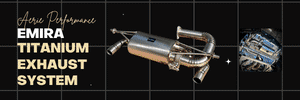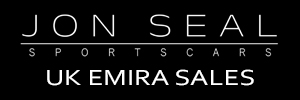E05 means the fuel has 5% bio-ethanol in it.
E10 means the fuel has 10% bio-ethanol in it.
The problem with ethanol is that older cars, mainly before 2002 don't like ethanol.
Copied from a UK website:
As a rule, drivers of cars registered prior to 2002 are advised not to use E10 in their vehicle, as problems have been reported. And as of 2011, all new cars sold in the UK must be E10 compatible.
If you put E10 fuel in an incompatible car it will still run, but seals, plastics and metals may be damaged over longer periods as a result of bioethanol's corrosive properties. It is a hygroscopic, which means it absorbs water from the atmosphere, leading to condensation in fuel tanks if the car remains unused for long periods of time.
Lotus say:
Except on the Lotus Emira, Lotus recommends to use a premium high quality UNLEADED fuel, meeting EN228 standard. The rating of any fuel should be clearly marked on the fuel pump.
and:
Lower Octane Fuels – The lower octane rating (typically 93 – 94 RON) will result in slightly reduced performance and economy and are not recommended.
Except on the Lotus Emira, Lotus recommends to use a premium high quality UNLEADED fuel, meeting EN228 standard. Find out more.

www.lotuscars.com








